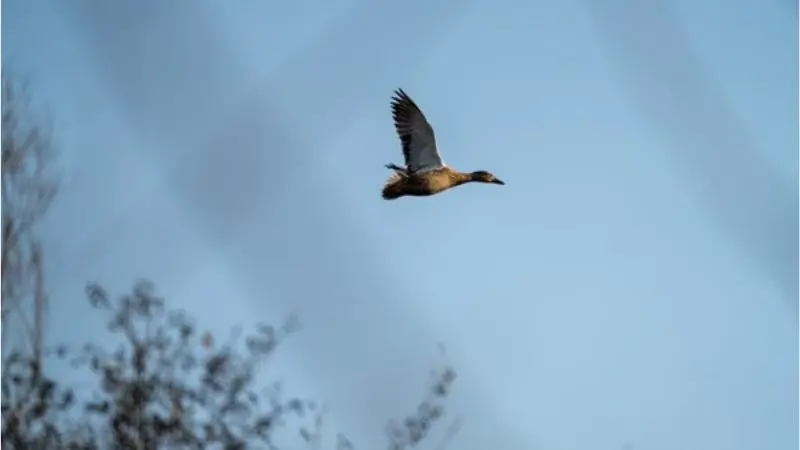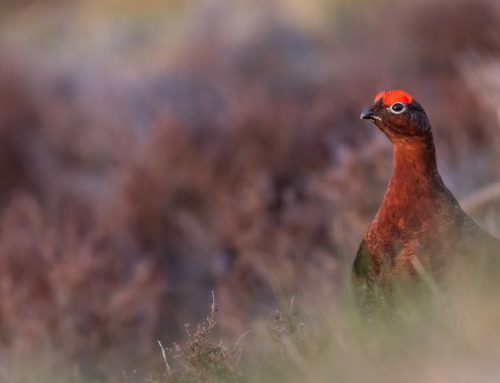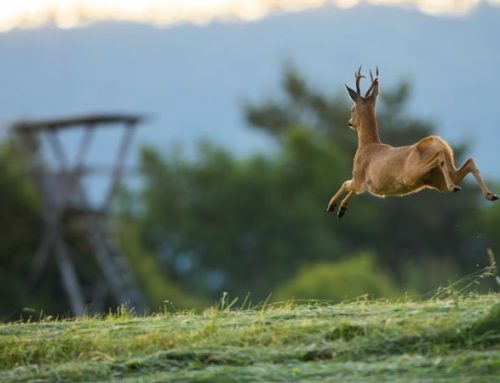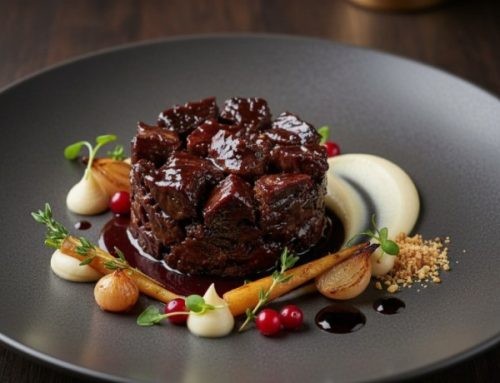Duck and waterfowl hunting, in general, is a complex yet one of the most loved and practiced forms of hunting.
The games, calls, and colors of dawn make hunters forget the biting cold and the dampness of the ponds and marshes where they wait for the ducks, making it one of the most evocative hunts.
There are various ways to hunt ducks: it can be done as a stationary hunt from a blind or pit, or as a roaming hunt with the help of a pointing dog. Finally, there are the drives.
The History of Duck Hunting
The history of waterfowl hunting is as ancient as it is fascinating, dating back to ancestral times when primitive humans hunted to secure the necessary food for survival. Waterfowl, such as ducks, geese, and mallards, have always been a valuable resource for human nutrition, thanks to their nutritious meat and abundant fat.
In ancient times, waterfowl hunting was practiced with rudimentary techniques such as using nets and snares to catch birds in flight or in the water. Over the centuries, waterfowl hunting evolved into a regulated and disciplined practice, often associated with cultural and social traditions.
During the Middle Ages, waterfowl hunting became a popular pastime among nobles and the aristocratic class, who organized elaborate hunting parties on their estates and hunting reserves. These hunts not only provided fresh food for noble banquets but also served as entertainment for guests and a display of the host’s prestige and power.
With the advent of firearms in the 15th century, waterfowl hunting became even more widespread and accessible to the masses. Ducks, geese, and mallards became coveted prey for hunters of all social classes, who ventured into fields and marshes armed with guns to hunt migratory birds during their seasonal routes.
Today, waterfowl hunting is regulated by laws and regulations that limit the season, the species that can be hunted, and the hunting methods. Many hunters pursue waterfowl not only for the challenge and thrill of the hunt but also for the connection to nature and tradition it represents. Waterfowl hunting remains a beloved activity for millions of people worldwide, who gather to share the hunting experience and the joy of being outdoors.
Duck Drives in Lomellina
Among the rice fields of Lomellina, in the heart of Lombardy, there are many hunting reserve where you can participate in a duck drive!
The reserve’s territory is truly special: usually a small patch of land covered with woods and lakes, situated right in the center of hectares upon hectares of rice fields.
In the past, they have been a hunting ground for true waterfowl enthusiasts.
These places exudes a history dating back to the 1700s, with beautiful lodges and courtyards that still dominate the surrounding territory.
Here, you can encounter a truly wild animal and rediscover hunting as a moment of meeting, sharing, and passion.
After a day immersed in nature, the best part is sitting together around a fire and a table, sharing stories.
Among the bodies of water in Lomellina, waterfowl hunting is something special: the sun’s rays filtering through the poplar groves and the light layer of mist covering the lakes create an almost surreal environment!
This is what the hunting reserves of this region of Italy offers, which they have been restored to their former glory, where the past is the main source of inspiration for the future, with respect for nature at its core.
Species Present in the Reserve
The species that is naturally born in this region is the mallard, but the habitat is also ideal for hosting other species such as teal, wigeon, northern shoveler, and gadwall.
These species are retained in the reserve through continuous feeding with corn, and the surrounding rice fields also provide a food source.
How the Duck Drive Works
During the drives, hunters are welcomed to the reserve with a rich breakfast. The drive then begins by positioning the hunters in strategic points, mainly behind reed blinds and in some barrels, while the beaters’ task is to flush out the ducks hidden in the reeds and flooded woods.
The duck drive is a hunting method that requires the hunter to be perfectly camouflaged. Without proper camouflage, the ducks, with their excellent eyesight, would easily spot the hunters!
The start and end of each drive are signaled by the distinctive sound of the hunting horn. After each drive, the hunters return to the hunting lodge for a refreshment break.
During the break, the staff and dogs gather all the game taken during the first drive.
After the break and the recovery of the game, another drive begins.
At the end of the final drive, everyone returns to the hunting lodges, often a 17th-century farmhouse decorated with hunting trophies and stuffed waterfowl, where you can warm yourself by the fireplace, sit at the table, and enjoy a meal with your hunting companions.
Recommended Weapons and Ammunition for Duck Drives
For duck drives, our experts recommend using a semi-automatic, over-and-under, or side-by-side shotgun in 12/20 gauge, with medium chokes, and NOTOX ammunition—meaning non-toxic and lead-free. Lead is toxic to the environment, humans, and wildlife.
It’s crucial that the cartridges are made of steel or other non-lead materials, as required by law. We advise using only biodegradable felt wads, in respect for nature.
Don’t miss the opportunity to experience this beautiful hunt in Italy.













